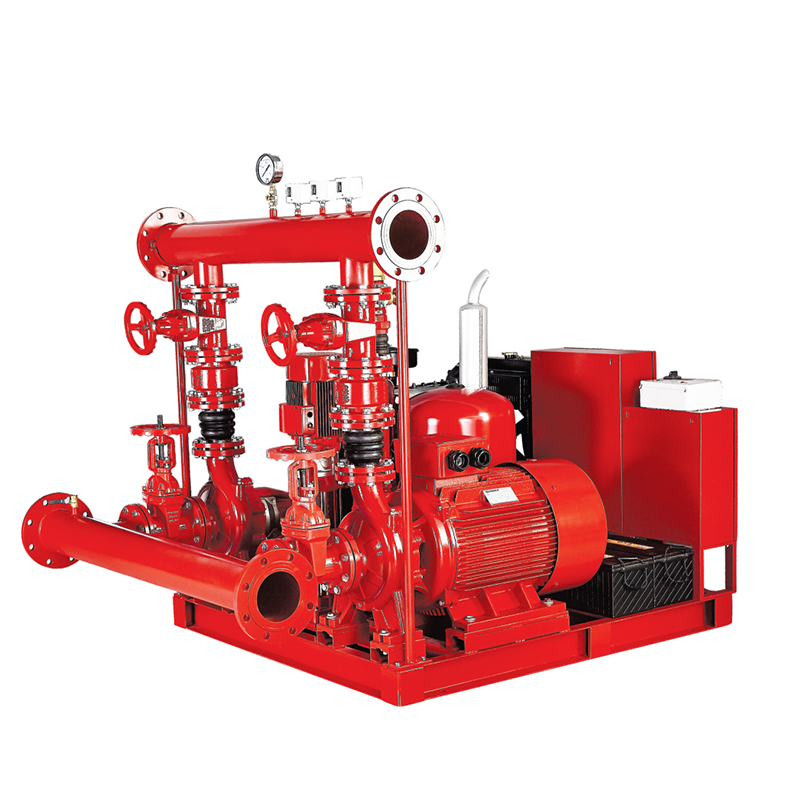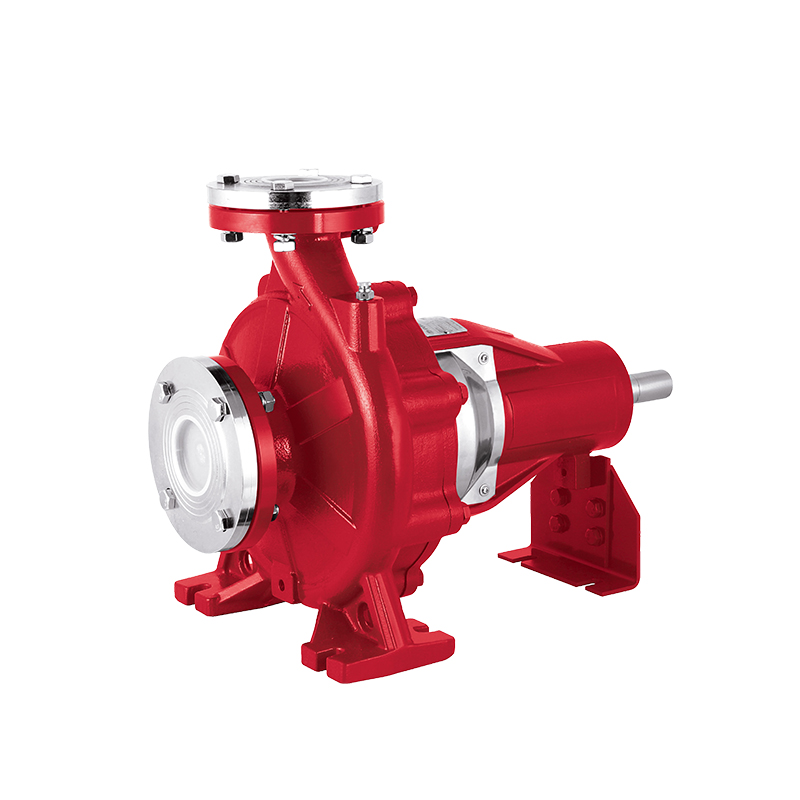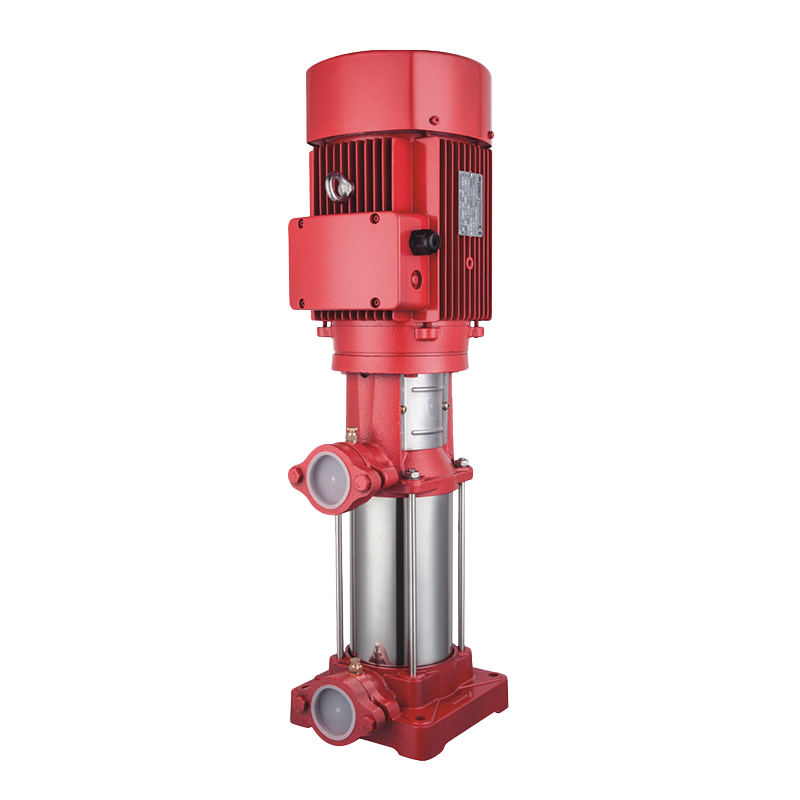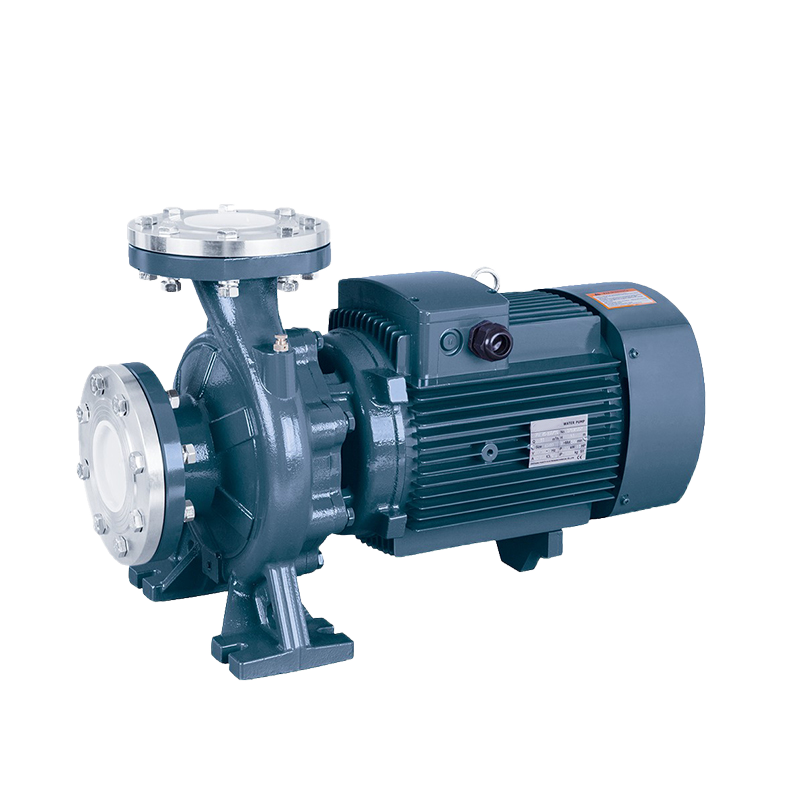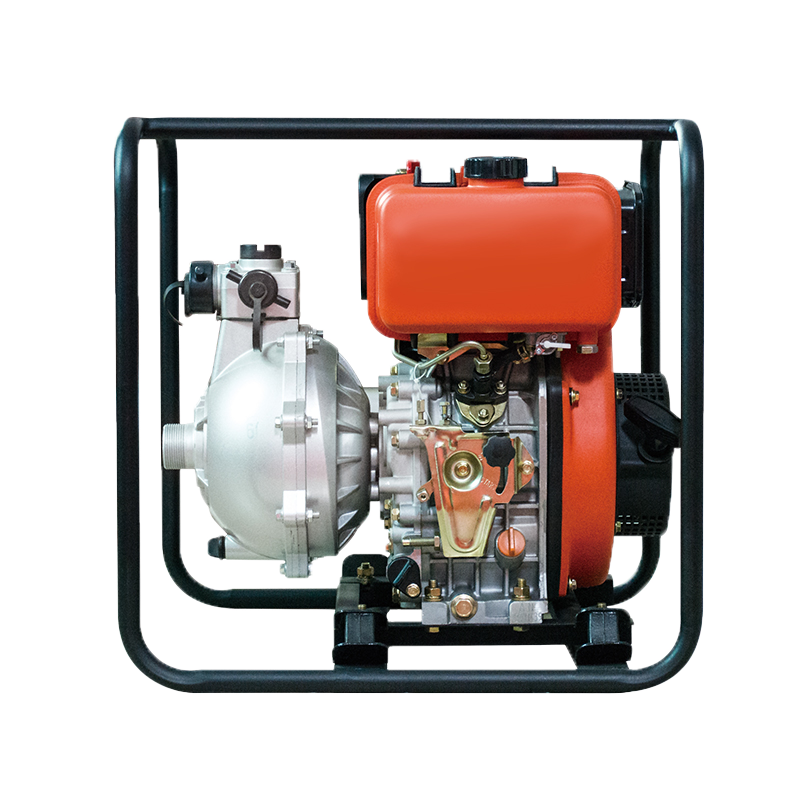What Is a Fire Fighting System?
Fire figting system refers to the general term for various equipment, facilities and management systems set up to prevent, control and extinguish fires and protect people's lives and property. It includes automatic fire alarm system, automatic sprinkler system, fire hydrant system, gas fire extinguishing system, smoke and exhaust system, safe evacuation system, etc. The core goal of the fire protection system is to detect the fire in time, quickly activate the fire extinguishing device, ensure the safe evacuation of personnel, and minimize the fire loss.
Types of Fire Fighting Systems
Fire fighting systems vary depending on the environment and fire risks. The common types include:
1. Water-Based Fire Suppression Systems
Sprinkler Systems:
Automatically release water when heat activates the sprinkler heads.
Fire Hydrants:
Provide a water supply for firefighters to extinguish large fires.
Water Mist Systems:
Use fine water droplets to cool flames and reduce oxygen levels.
2. Gas-Based Fire Suppression Systems
CO2 Systems:
Ideal for electrical fires, as they displace oxygen without leaving residue.
Clean Agent Systems:
Use environmentally friendly gases (e.g., FM-200) to suppress fires in data centers and archives.
3. Foam-Based Fire Suppression Systems
Foam fire extinguishing agent is mainly used to extinguish oil fires such as petroleum and petroleum products. Its fire extinguishing principle is: the foam completely covers the burning liquid surface, so that the burning material cannot contact the air necessary for combustion; the water wrapped in the foam can also cool the surface of the oil. Commonly used foams are air foam and chemical foam. Compared with chemical foam, air foam is simple to operate, easy to manage, fast in extinguishing speed, and low in equipment cost, and has gradually replaced chemical foam. There are two types of air foam systems: fixed and mobile.
4. Dry Chemical & Wet Chemical Systems
Dry Chemical:
Used in industrial settings to combat chemical and electrical fires.
Wet Chemical:
Designed for kitchen fires, creating a cooling and sealing effect.
5. Fire Detection & Alarm Systems
Smoke detectors, heat sensors, and alarms alert occupants and trigger suppression systems.
Key Components of a Fire Fighting System
A well-designed fire fighting system includes:
Fire Pumps:
Ensure adequate water pressure for sprinklers and hydrants.
Control Panels:
Monitor and activate suppression systems.
Piping & Nozzles:
Distribute water, foam, or gas to the fire source.
Extinguishers:
Portable devices for small fires (e.g., ABC, CO2 extinguishers).
Emergency Lighting & Exit Signs:
Guide evacuation during power failures.
How Does a Fire Fighting System Work?
Detection:
Smoke or heat sensors identify a fire.
Alert:
Alarms notify occupants and emergency services.
Suppression:
Automatic systems (sprinklers, gas, foam) activate to control the fire.
Evacuation:
Safe exits and emergency lighting assist in evacuation.
Why Are Fire Fighting Systems Important?
Life Safety:
Reduces fatalities by enabling quick evacuation.
Property Protection:
Minimizes damage to buildings and assets.
Regulatory Compliance:
Meets fire safety codes and insurance requirements.
Business Continuity:
Prevents operational disruptions due to fire incidents.
A fire fighting system is a vital safety measure that combines detection, suppression, and evacuation mechanisms to combat fires effectively. Whether in homes, offices, or factories, installing the right system ensures compliance and protection against fire hazards.
 English
English عربى
عربى
 Fire Pump and System
Fire Pump and System Split Case Pump
Split Case Pump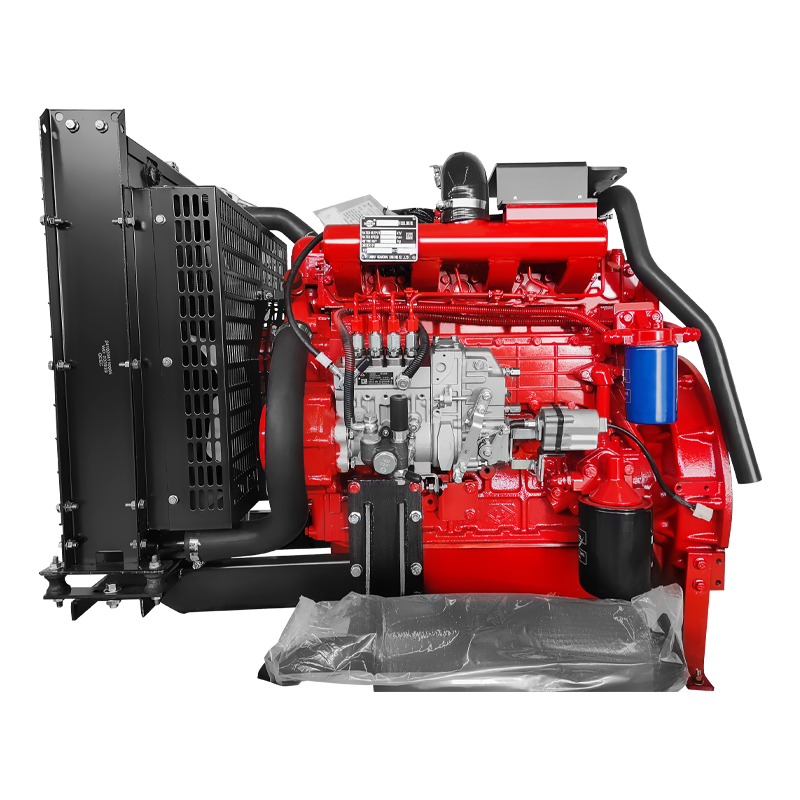 Engine and Pump
Engine and Pump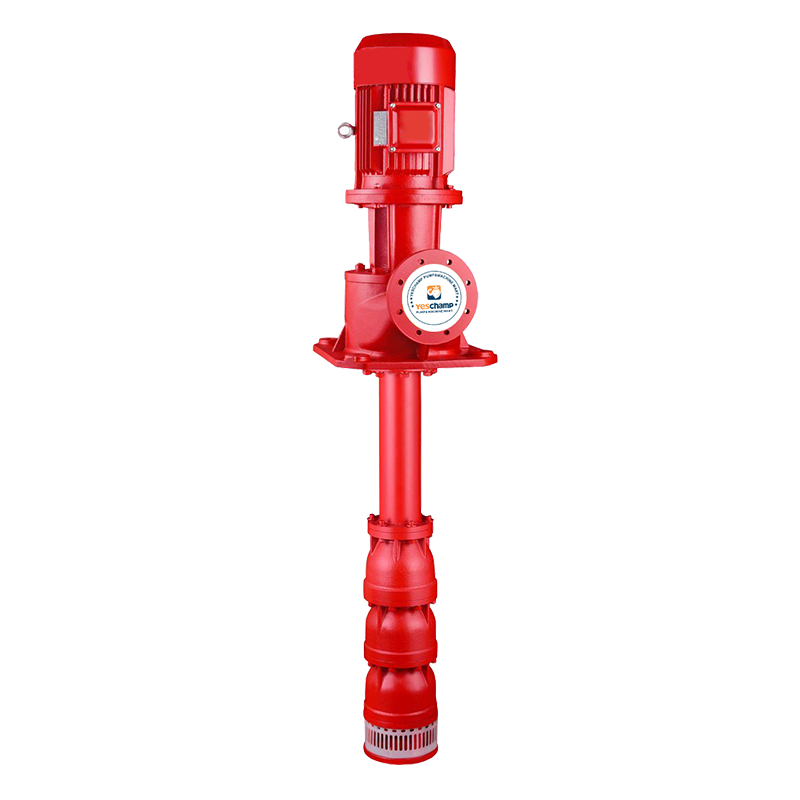 Long Shaft Pump
Long Shaft Pump Multistage pump
Multistage pump Water Supplier System
Water Supplier System Sewage Pump
Sewage Pump Industrial Pump
Industrial Pump Self-Priming Pump
Self-Priming Pump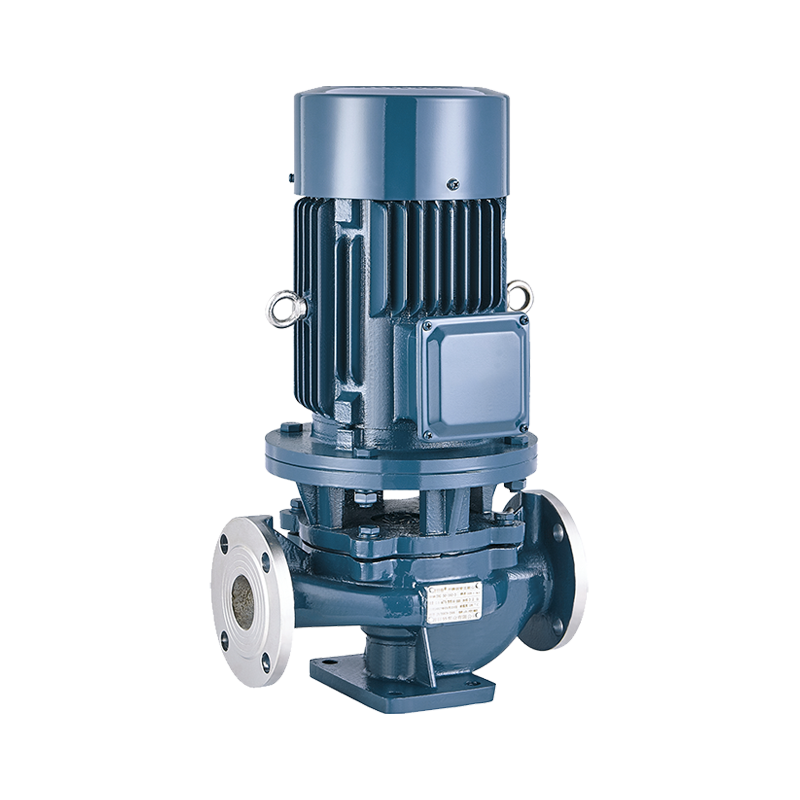 Inline Pump
Inline Pump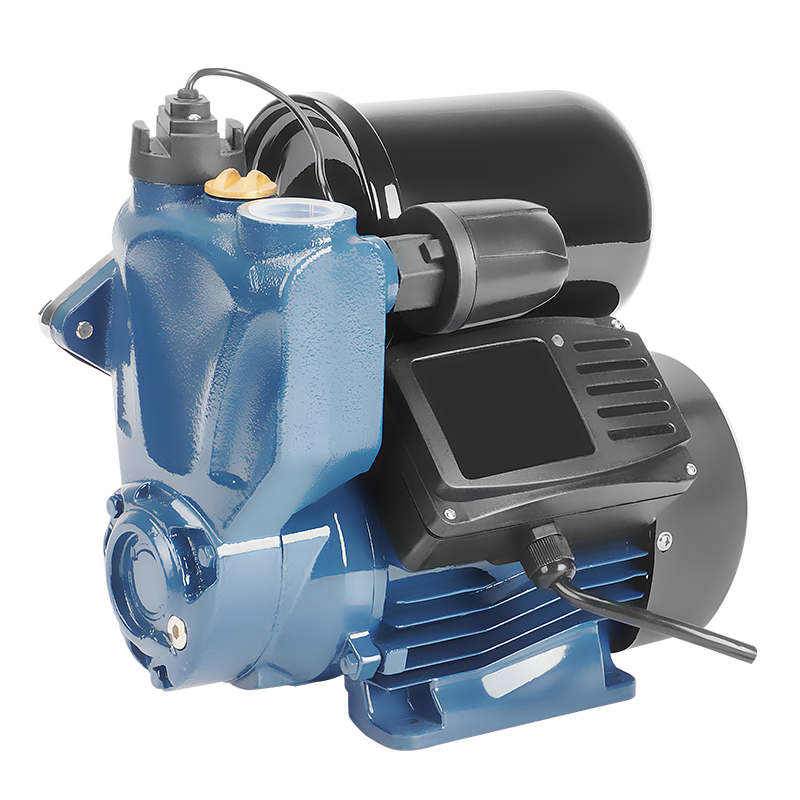 Domestic Pump
Domestic Pump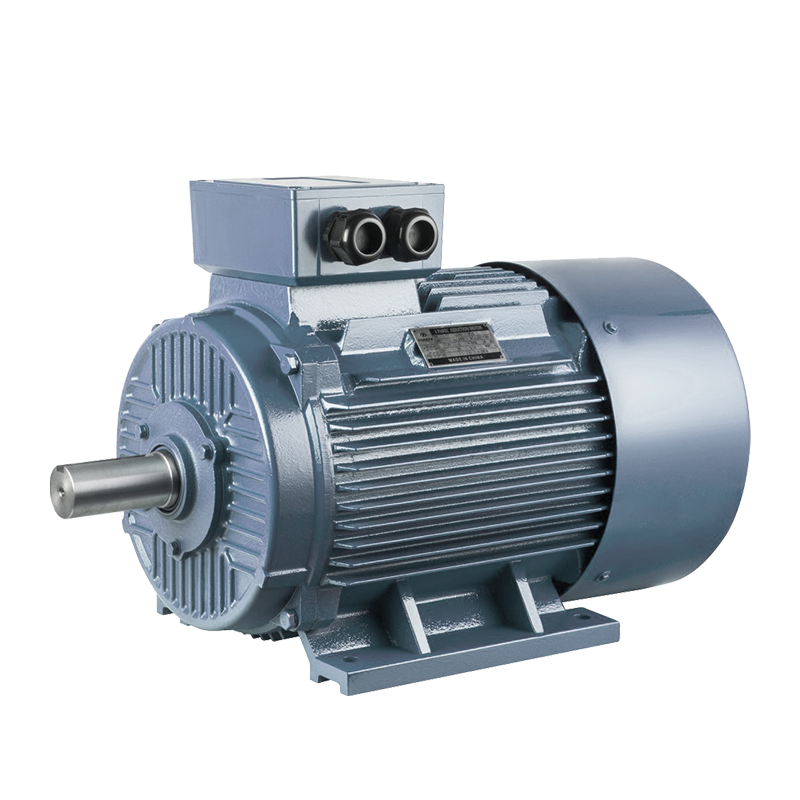 Electric Motor
Electric Motor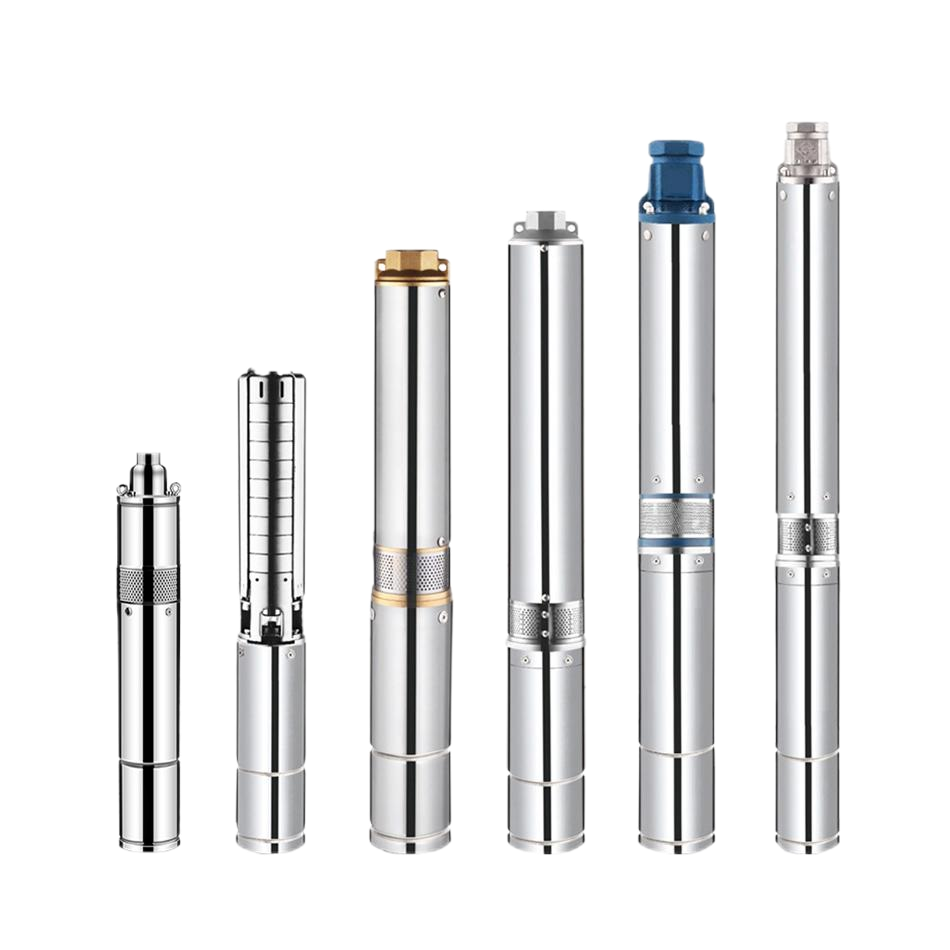 Borehole Pump
Borehole Pump
